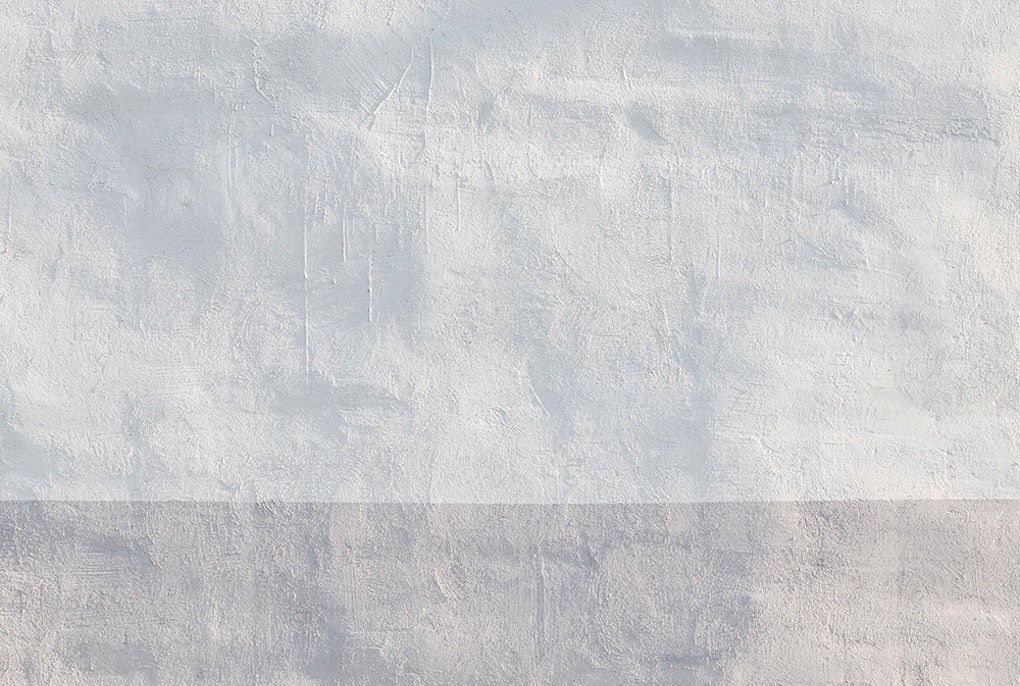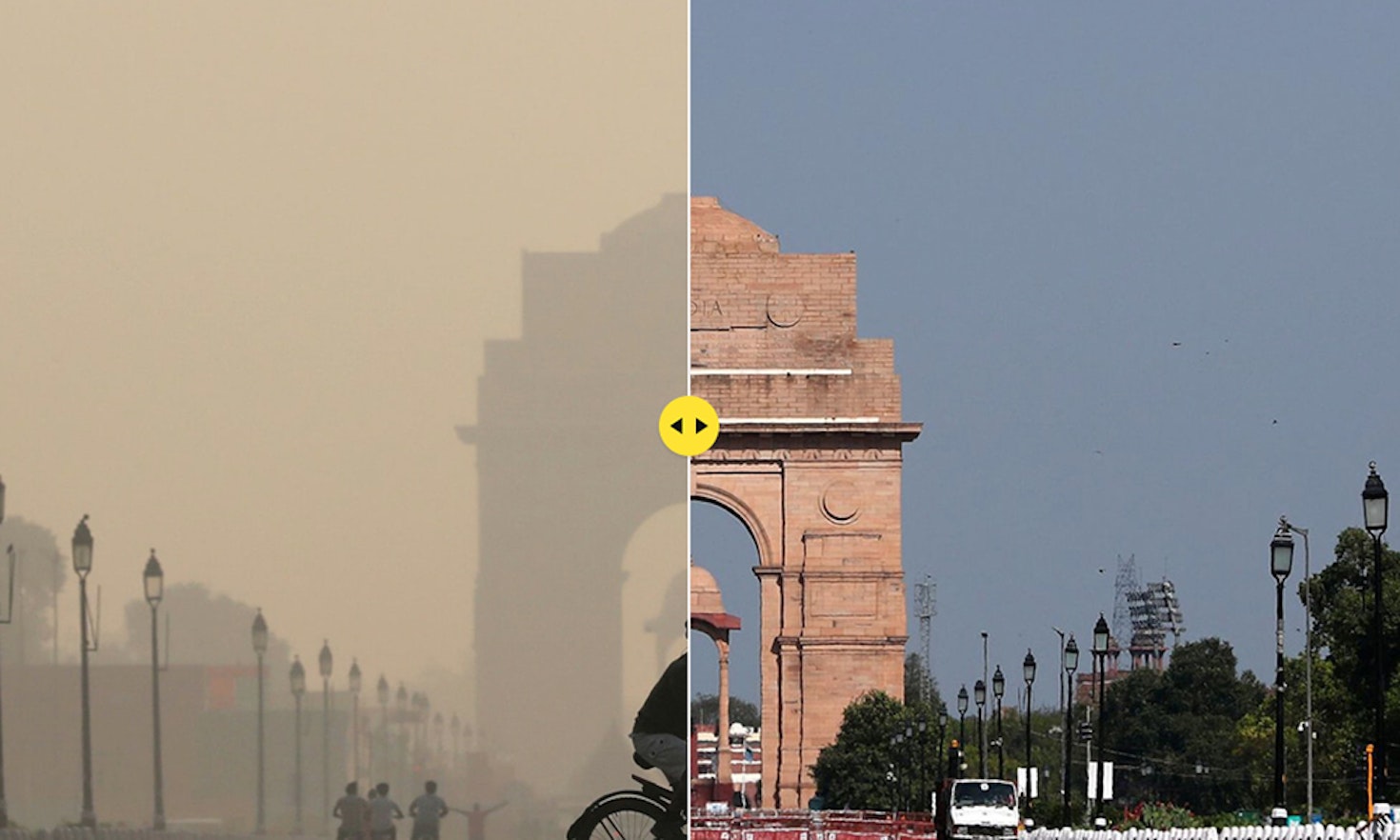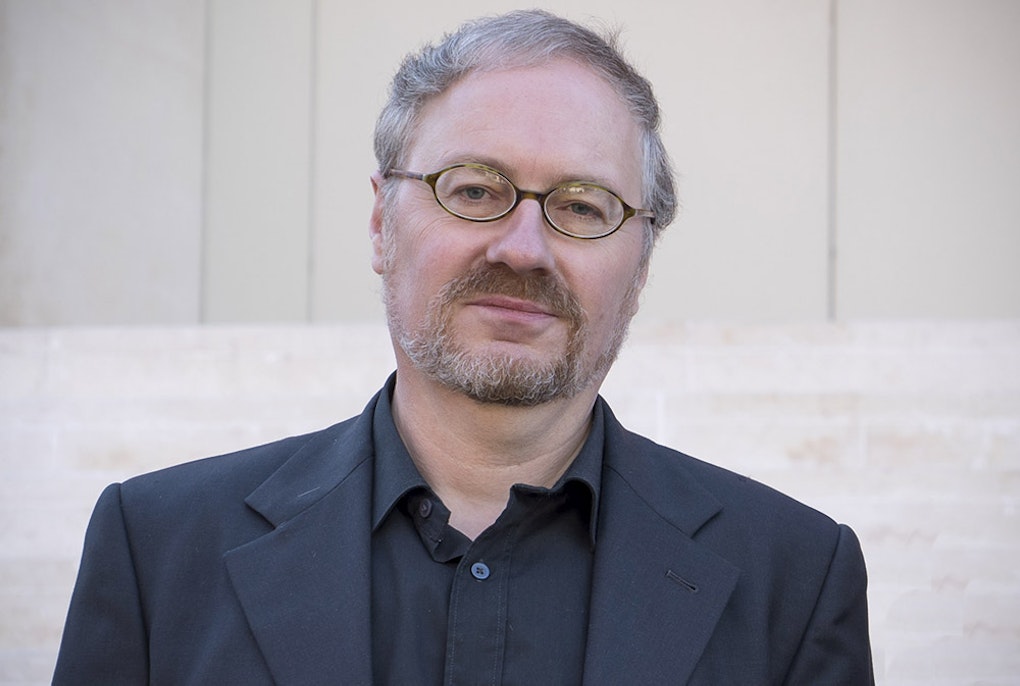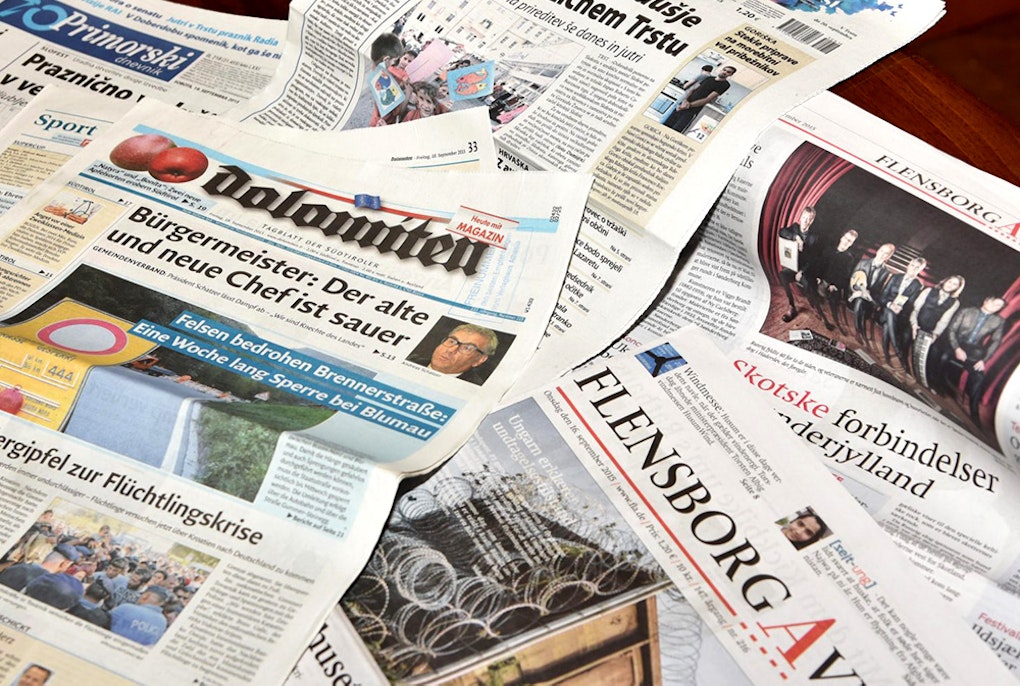
Die weiße Wand: Über neuen Freiraum und Krisenfestigkeit im Südtiroler Handwerk
 Daria Habicher
Daria Habicher
I’d like to talk about resilience as I have been dealing with the resistance and resilience of ecosystems for a long time now. As one of my examples, I’ve chosen Lake Traunsee in Upper Austria, which although polluted for decades with mineral waste from soda production, was apparently resistant to change. With more than a dozen experts, we tried to identify statistically significant changes on behalf of the Austrian Academy of Sciences. As a comparison we used lakes unaffected by industrial sludge, such as Lake Attersee and Lake Hallstatt. However, these lakes (and many other bodies of water) were far from “standard”, as they had first gone through a phase of eutrophication and then one of acidification and had then returned to their pre-stressed state after appropriate measures for air and water pollution control had been undertaken. So, our assumption was that they were resilient! However, we had to recognise that a so-called base line, which we wanted to orientate ourselves by and return to, did not exist. This was not only due to the fact that since the 1980s water bodies have increased in temperature about three times as fast as the atmosphere, but also to many other environmental changes. There is no going back to any imagined, postulated or defined state of a “before” and this does not only apply to ecosystems.
In a world in which only change is constant, we have to rethink resilience. The usual notions of resilience become dangerous in the crisis triggered by the Corona pandemic, because a return to the previous state would be the biggest mistake we could make. Subsequently, I do not argue with the fact that “the bigger crisis” is still to come, but with some figures provided by the pandemic.
For those who have lived in a reasonably clean environment, the lockdown may have a predominantly negative impact on the quality of life. However, if you live in Delhi, Bogotá, São Paolo, Wuhan and many other big cities and also even in the Po Valley, you will find that you can breathe the air again. As the Guardian reported on 11 April 2020, Delhi’s inhabitants have recently started breathing “alpine” air: the AQI (air quality index), which is usually around toxic 200 and sometimes life-threatening 900, has dropped to values below 20. The sky is blue and even the singing of the birds sounds different.
According to a study by Greenpeace Southeast Asia and the Centre for Research on Energy and Clean Air, emissions from fossil fuel combustion (PM2.5 and ozone) are responsible for 7.7 million asthma-related emergencies. The particulate matter PM2.5 released by the combustion of coal, oil and natural gas alone causes 1.8 billion sick days worldwide every year. PM2.5 from fossil fuels is responsible for the death of about 40,000 children under the age of five and for the premature death of about 3 million people from cardio-vascular diseases, lung diseases and lung cancer. In addition, about 1 million people die prematurely each year due to ozone pollution and NO2.
Martha Nussbaum and Amartya Sen have developed a normative goal from a philosophical and economic point the view of “not dying prematurely”, which in principle, also applies to the 5,000 people who die daily and prematurely of tuberculosis, a disease that would be preventable in most European countries. In economic terms, the damage caused by emissions from fossil fuels will amount to USD 2.9 trillion in 2018, or about USD 8 billion per day, with China, the USA and India bearing the bulk of the cost.
In the EU, 399,000 people die prematurely every year due to air pollution from burning coal, oil and natural gas. 295,000 deaths are caused by particulate matter, 69,000 by NO2 and 34,000 by ozone. How many lives will be saved by a lockdown of one or two months will only be known after the crisis has ended, but air pollution-related acute diseases are already declining in Europe due to massive restrictions on transport and industrial production. A return to the status quo would therefore make no sense purely for health reasons.
Since numerous experts have already expressed their views on this issue at the beginning of the shutdown, and some have called for burden-sharing in view of the scale of the crisis and in memory of the post-war situation, let us leave Europe and the effects of the economic stagnation aside and look at other episodes.
The picture is dramatically negative. For example, on 24 March, the Global Polio Eradication Initiative had to suspend its vaccination campaign for the second half of the year, and the WHO Strategic Advisory Group of Experts on Immunisation (SAGE) recommended that all vaccination campaigns be suspended to reduce the spread of COVID-19. As early as April 2020, the suspension of polio, measles, papilloma virus, yellow fever, cholera and meningitis vaccination campaigns resulted in more than 13.5 million children not being vaccinated. This means that more children will develop polio, and poliomyelitis may spread from countries where it still exists to neighbouring countries. Measles vaccination has been suspended in 23 countries, leaving 78 million children without protection against an extremely contagious disease that kills 3 to 6 percent of infected children, especially those who are poorly fed. In 2018, for which reliable figures are available, 10 million people contracted measles, killing 140,000. It is worth noting that malaria kills about 500,000 people a year; there is no vaccine, while dozens of companies are currently developing a vaccine against SARS-CoV-2.
I actually wanted to talk about resilience, not about preventing premature deaths from a two-month lockdown and the additional deaths from stopping global vaccination campaigns, however, these two examples alone prove that we need a better definition of resilience that is not just based on past conditions. We will only be resilient as a community if resilience does not mean a return to business as usual, but if we firstly consider the permanent social, economic, technological and ecological changes and secondly look to the future, i.e. to the management of imminent global challenges. There is no going back.
 | Roland Psenner is an ecologist and prof. emeritus of the University of Innsbruck. He has worked on global environmental problems in the Alps and worldwide. His focus is on aquatic ecosystems and the effects of climate change in mountain regions. |
This content is licensed under a Creative Commons Attribution 4.0 International license except for third-party materials or where otherwise noted.

 Daria Habicher
Daria Habicher
 Elmar Burchia
Elmar Burchia
 Marc Röggla
Marc Röggla